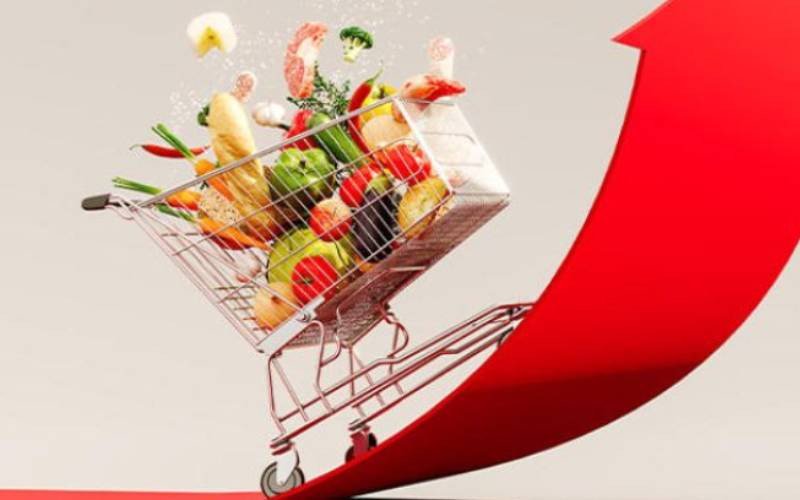Kenya’s economy grew by 5% in the second quarter of 2025, according to the latest figures from the Kenya National Bureau of Statistics (KNBS). This positive growth reflects the country’s resilience amid global challenges and signals promising momentum for the rest of the year.
🚜 Agriculture Bounces Back
Agriculture, which employs the majority of Kenyans, recorded a strong recovery thanks to improved rainfall and better harvests of maize, tea, and horticultural crops. The sector’s rebound helped stabilize food supply and supported rural incomes.
🏗️ Construction and Real Estate Boost
The construction and real estate sectors remained vibrant, supported by ongoing infrastructure projects, housing demand, and private sector investments. Nairobi and other urban hubs saw a surge in property development, creating jobs and stimulating related industries.
📡 Services Sector Remains Strong
Kenya’s services industry—including ICT, finance, and tourism—continued to drive growth. The tourism sector reported higher international arrivals, while ICT innovation sustained Kenya’s role as a regional digital hub.
💹 Manufacturing Gains Ground
Manufacturing registered steady growth, particularly in food processing, cement, and textiles. However, rising input costs remain a concern for producers.
📊 Outlook for 2025
Economists believe Kenya’s economy will remain on a steady upward trajectory if the government maintains fiscal discipline, supports SMEs, and attracts foreign investment. However, external risks such as global oil prices and regional instability could weigh on growth.
✅ Takeaway
The 5% growth rate in Q2 2025 underscores Kenya’s economic resilience. With agriculture recovering, services thriving, and construction booming, the country remains on track to meet its medium-term growth targets.







